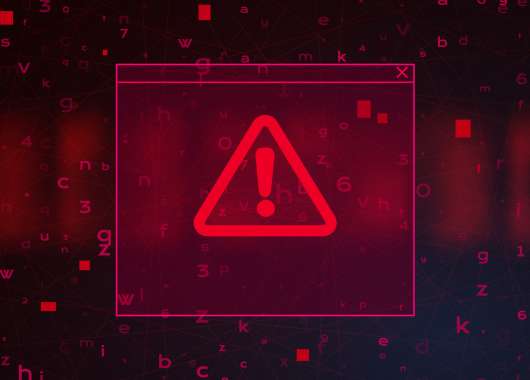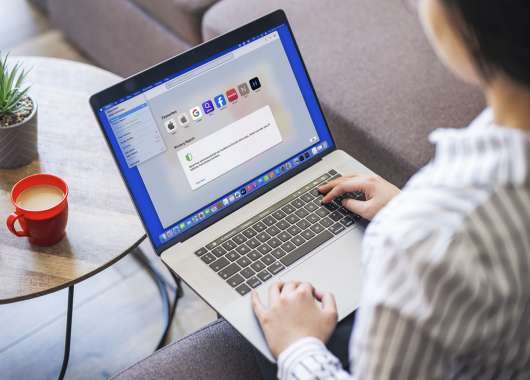Google has partnered with UK nonprofit StopNCII to enhance its defenses against non-consensual intimate imagery (NCII), commonly known as revenge porn. This collaboration uses digital fingerprinting technology to help victims proactively protect their privacy. The system blocks images and videos from appearing in Google Search results and across other major platforms, all while ensuring the actual image never leaves the user’s device.
The technology relies on user-submitted image hashes, empowering individuals to take control before abuse occurs. This article explains how the system works, who can benefit, and its limitations.
Key takeaways
- Google and StopNCII have partnered to detect and block revenge porn using hash technology
- The system is user-controlled – individuals must proactively upload image hashes to protect themselves
- Your actual photo never leaves your device; only a unique digital fingerprint (hash) is shared
- Protection now extends to Google Search, joining platforms like Meta, Bing, TikTok, and Reddit
- The system works only for images you possess and does not cover AI-generated content or audio
How can I stop revenge porn from spreading?
StopNCII allows individuals to create a private case where they can select intimate images they wish to protect. Their system generates a unique digital fingerprint, known as a hash, from each image. This hash is mathematically derived from the image’s data but cannot be reversed to recreate the original photo. In the unlikely event a hacker intercepts and decrypts your hash, all they will see is a long string of letters and numbers which don’t actually “do” anything.
The hash is uploaded to StopNCII’s database and shared with partner platforms, including Google. When a matching image is uploaded online, the websites and services partnered with StopNCII will detect the hash and block or remove the picture automatically.
Protected images never leave your device and StopNCII never actually “sees” your photographs.
How do image hashes work?
You can think of a hash being like a digital fingerprint for your photo. Each image produces a unique hash through a cryptographic process. If even one pixel changes, the hash changes completely. This ensures precise identification without storing or sharing the actual image.
StopNCII uses this technology to protect privacy while enabling effective detection across platforms.
Who can use StopNCII hash protections?
Any individual aged 18 or older who possesses nude, semi-nude, or sexually explicit images and videos they fear might be shared non-consensually can use StopNCII. The service is free and available to anyone, anywhere in the world.
Since 2015, StopNCII’s partner, the Revenge Porn Helpline, has removed over 300,000 NCII items using image hashing with a 90% success rate.
What are the limitations?
Unfortunately, protection is not universal. The system only works for images you have in your possession. AI-generated nudes, audio recordings, or text messages are not covered.
StopNCII’s image hashing only works with partner platforms like Google, Bing, Meta, X, and TikTok. This means that non-partner sites may not detect or remove flagged content. However, registering sensitive images with StopNCII will help to limit or prevent spread – particularly across the most popular online services.
Take control of your digital privacy now
Google’s integration with StopNCII marks a major step in proactive online protection. By turning image protection into a user-controlled process, the system empowers individuals to safeguard their dignity before harm occurs.
As regulators step up efforts to combat sexual abuse material, StopNCII offers a powerful, user-centric solution that does not rely on invasive content scanning alternatives. You can start protecting your sensitive images with the StopNCII service right now by creating a case.






